-674 - -660 out of 41
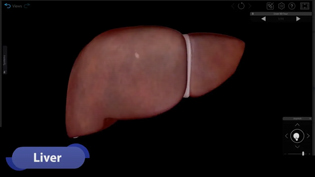
Explore the largest internal organ with our 3D liver model and and hepatic lobule microanatomy model.
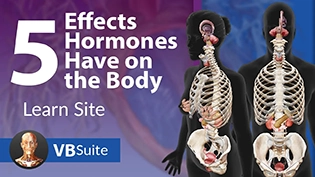
Hormones regulate internal functions from metabolism and growth to sexual development and the induction of birth. They circulate through the bloodstream, bind to target cells, and adjust the function of whole tissues and organs.
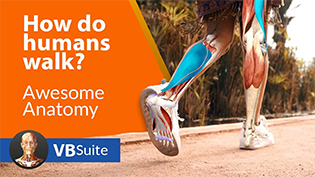
Walking is something that most of us take for granted. Many people don’t think about all of the muscles, fascia, and bursa that make walking happen, but today, we’re going to break down the walking gait cycle.
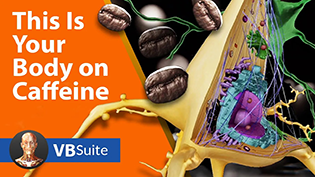
Ever wonder what's going on in your brain (and the rest of your body) when you drink your morning cup of coffee?
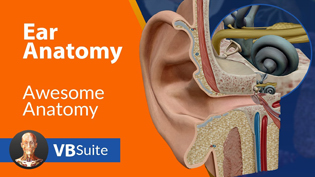
The ear converts sound waves into nerve impulses, and it’s also responsible for our sense of equilibrium and movement.
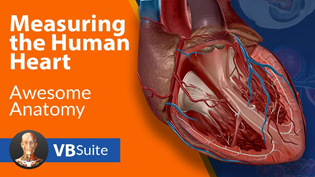
This video will get your heart pumping! Learn about how and why the heart beats, and how to measure blood pressure and cardiac output.
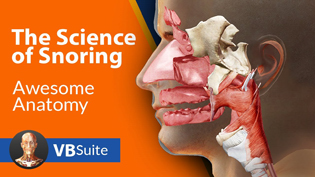
You’ve probably been kept awake at night by the sounds of another person’s snoring — or maybe you’ve been the one keeping other people awake. But what is snoring?
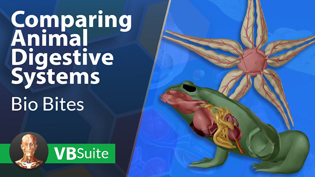
Compare body systems across models of a sea star, earthworm, frog, and pig to compare vertebrate and invertebrate anatomy, trace evolutionary history, and better understand the diversity within the animal kingdom.
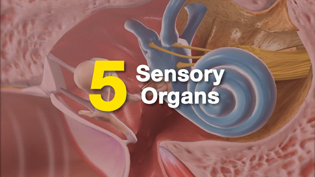
The nervous system must receive and process information about the world outside in order to react, communicate, and keep the body healthy and safe. Much of this information comes through the sensory organs: the eyes, ears, nose, tongue, and skin.
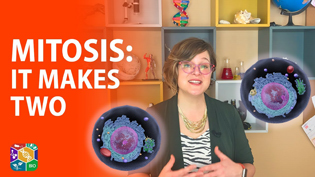
In this video, Dr. Harley explains the phases of the cell cycle, including mitosis, which is a type of cellular division that creates two identical cells from one.
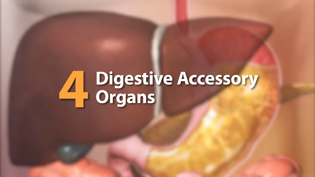
The salivary glands, liver and gall bladder, and the pancreas aid the processes of ingestion, digestion, and absorption.
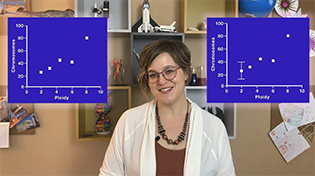
Now that you know how to interpret simple data on a graph, let's look at some more complex graphs, like bell curves, and discuss how error bars can help tell a truncated story.
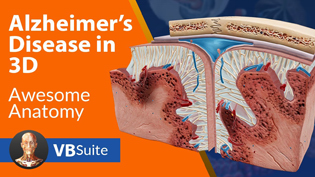
Alzheimer’s Disease is a neurodegenerative condition that impairs memory and cognitive functioning, affecting around 5.5 million Americans, and is the 6th leading cause of death in the US.
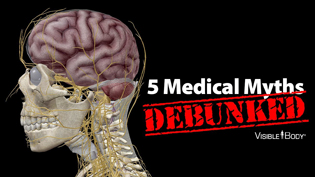
Does cracking your knuckles lead to arthritis? If you pluck a gray hair, will more grow back? Do we really use only 10% of our brains? In this video, we tackle some famous myths and old wives' tales.
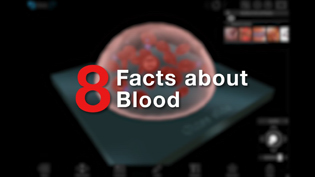
The heart pumps blood through a vast network of arteries and veins. Blood is a living fluid. It transports oxygen and other essential substances throughout the body, fights sickness, and performs other vital functions.
When you select "Subscribe" you will start receiving our email newsletter. Use the links at the bottom of any email to manage the type of emails you receive or to unsubscribe. See our privacy policy for additional details.
©2025 Visible Body. All Rights Reserved.